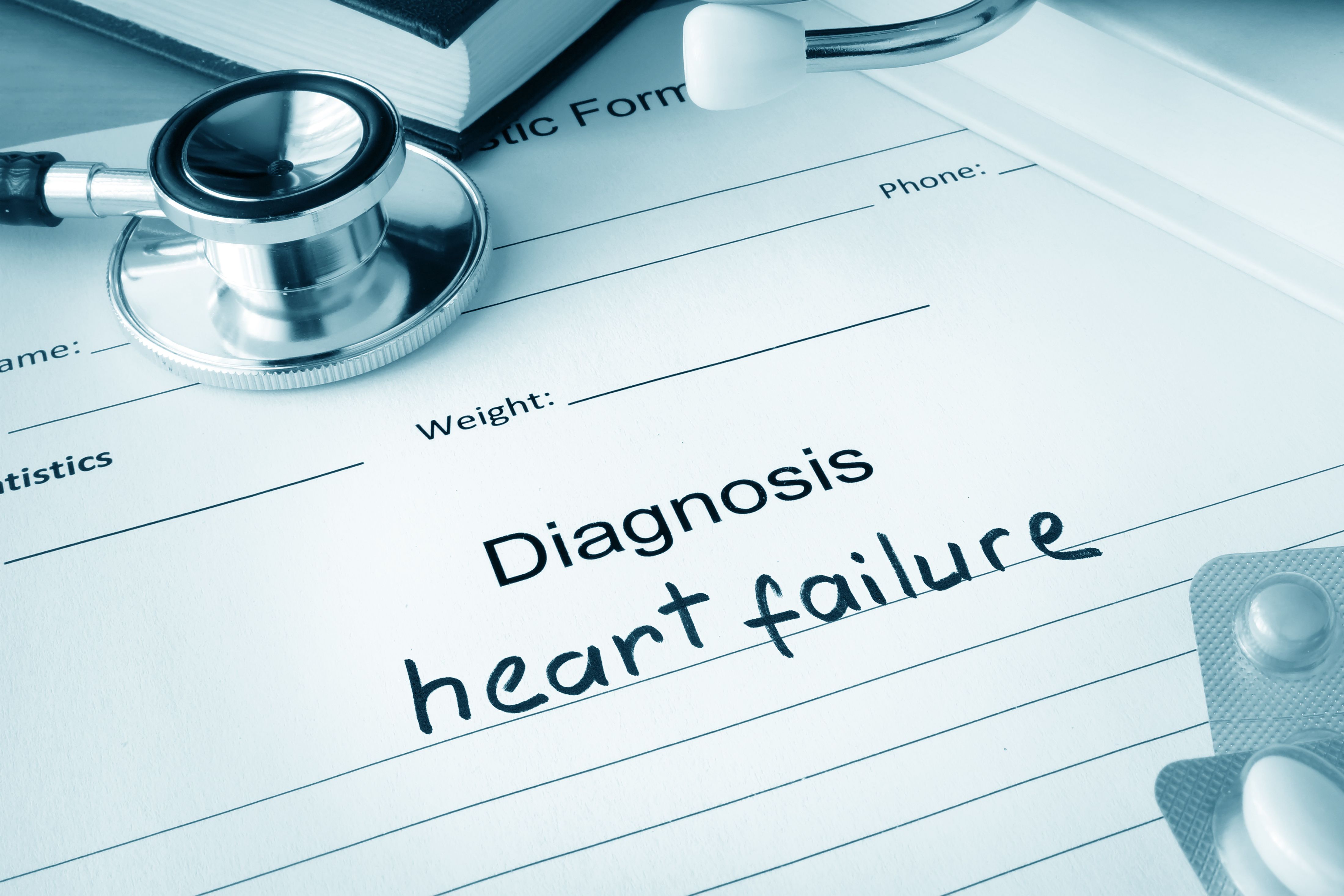Video
Coronary Calcium Scoring to Assess Cardiovascular Risk
Author(s):
Transcript:
Alan Brown, MD: I want to shift to something else in the guidelines. Matt, this is your cup of tea. We had a call out for the first time to a coronary calcium scoring. Obviously, when people have established atherosclerosis, it seems simple what we need to do. We need to be very aggressive. Now we have the introduction of a way to screen people that may not seem high risk. Can you tell us a bit about the data for calcium scoring? How does it help us identify risk and who’s the right patient for it?
Matthew J. Budoff, MD: Absolutely. Thank you. It’s nice. In 2018, the ACC/AHA [American College of Cardiology/American Heart Association] Multisociety Guidelines really called out calcium scoring for patients whose 10-year risk is between 5% and 20%. Those are low-intermediate and intermediate-risk patients. There’s a discussion to be had or some disagreement about whether the patient should be on therapy. If the patient wants to be on therapy and the doctor thinks they should be on therapy, they don’t need a calcium score. But if there’s any question by either participant, then it’s a good test to order.
It is just a simple test. You lie on the table. It’s 30 seconds. You get a score. It’s noninvasive. The radiation dose is about the same as a mammogram. It’s in every way a very simple screening test. It gives you a lot of insight. If your score is 0 and you have no plaque, you have an excellent long-term survival. The recommendation is that you can avoid statins in those patients for the next 5 to 10 years. If you have an elevated plaque score, especially above 100 H, or above the 75th percentile based on your age, gender, and race or ethnicity, you’re at high risk. You have more plaque than you should. Your risk is higher, and you should go on therapies.
Alan Brown, MD: Let’s call out the familial hypercholesterolemia [FH] group. I wanted to add that in our institution, it’s $49 too. That is cheaper than a regular stress ECG [electrocardiogram] and brings a lot more value.
Keith C. Ferdinand, MD: Alan?
Alan Brown, MD: Go ahead, Keith.
Keith C. Ferdinand, MD: I agree with Matt, and I know he’s a world expert on how to utilize this tool. One of the things I would be concerned about with the so-called negative calcium score would be the person with diabetes who’s 40 to 70 years old. I would be concerned with the person who does have familial hypercholesterolemia, especially at younger ages. It may not have manifested as calcified atherosclerotic lesion. But given time, these people often have LDL [low-density lipoprotein] of 190 mg/dL and above, and they’re going to manifest disease. They should be treated according to the guidelines. People with diabetes, who have additional risk factors, should be treated regardless of a negative calcium score.
Matthew J. Budoff, MD: I totally agree, Keith. Those are great points.
Alan Brown, MD: Yes, I agree also. There have been a couple of studies showing that doing calcium scores at a much younger age than we would consider them for your average patient can be helpful in people with familial hypercholesterolemia. Even a bit of calcium in a young individual with FH, say in their 20s, portends a very high risk. But your point is even more important. A calcium score of 0 H doesn’t get them off the hook if they have an LDL of 250 mg/dL. You’re going to be managing those FH patients very aggressively. You can be fooled by the 10-year pooled cohort equation, which we should not use in FH patients. You can be fooled by a calcium score of 0 H into not treating if you don’t identify that the patient has familial hypercholesterolemia.
Keith C. Ferdinand, MD: Can I make 1 more follow-up comment?
Alan Brown, MD: Sure. Of course.
Keith C. Ferdinand, MD: There are recent data from MESA, which is a multiethnic study of atherosclerosis. It’s an observational cohort. They looked persons who have very low calcium scores, in the single digits, and followed them, along with blood pressure. It appears that they had an increase in cardiovascular risk. Zero is 0, but 10, 15, and 20 H are not considered positive scores. Is that correct, Matt?
Matthew J. Budoff, MD: Right.
Keith C. Ferdinand, MD: They still have some risk associated with it.
Alan Brown, MD: Agreed. We all consider that atherosclerosis. There have been some retrospective analyses saying that if your calcium score is over 100 H, you get definite benefit over 10 years with a statin, and may not if it’s less than 100 H. At 20 years, I’m not convinced you wouldn’t see a benefit. Pam, do you have any thoughts on that? How do you utilize calcium scores in FH patients, and what do you do with a 10 H score?
Pamela Bowe Morris, MD: I use it liberally. Calcium scoring is an extremely valuable tool in clinical decision-making. It’s the unusual primary prevention patient who does not get calcium scoring in my clinic.
I did want to point out 1 thing. Although calcium scoring is primarily used in clinical decision-making for initiation of lipid-line and statin therapy, there are other things. For example, we were talking about the patient with diabetes. There are data that a patient with diabetes and a calcium score of 0 H in the short term has an extremely good prognosis, compared with a patient without diabetes. They’re almost indistinguishable in the short term.
Even calcium scoring can be useful in a patient with diabetes. That’s not necessarily to make a decision regarding initiation, because I would not withhold statin therapy in that patient. But it can be very reassuring in terms of their short-term cardiovascular risk assessment.
Transcript Edited for Clarity





